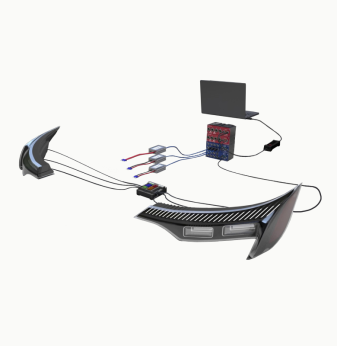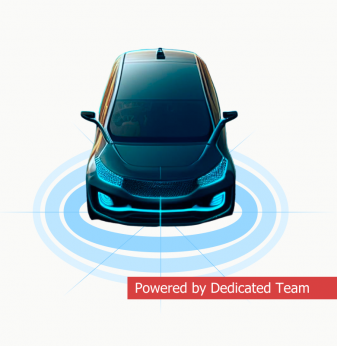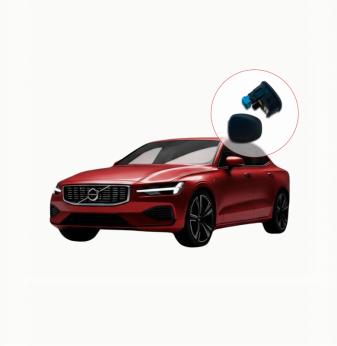How Embedded Technologies Have Been Transforming the German Automotive Industry
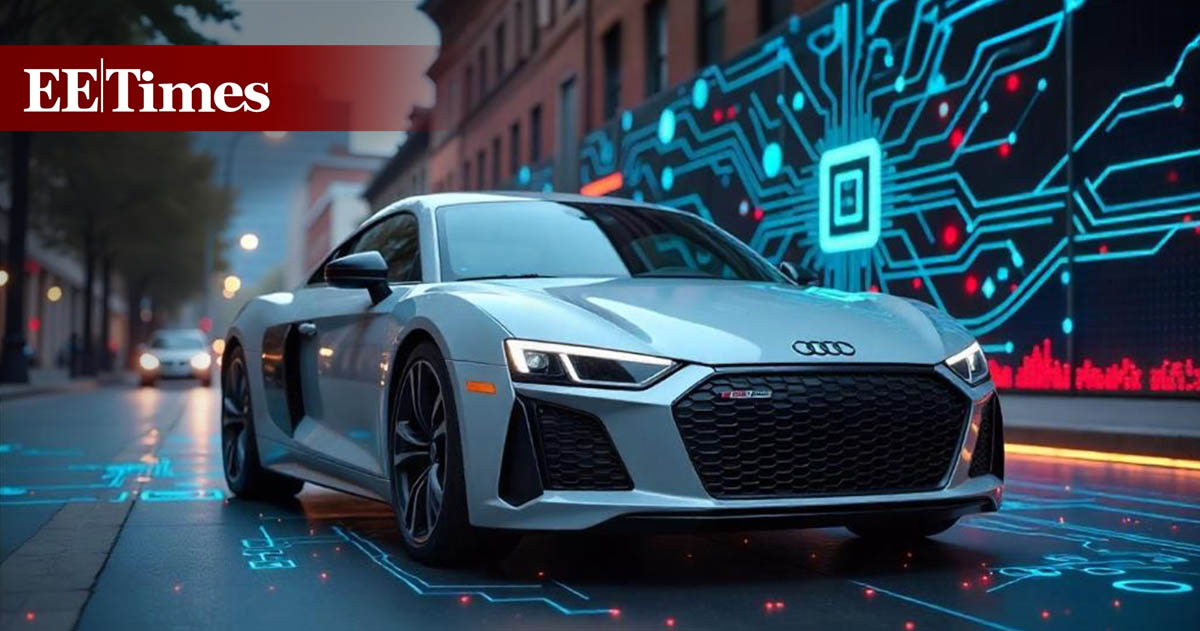
Germany’s automotive sector is renowned not only for its prominent car manufacturers but also for its skilled engineers, who have introduced essential industry standards, such as anti-lock braking systems and electronic stability control.
By exploring the potential of electronics and, later, computer systems to enhance vehicle performance, engineers made a remarkable leap from the Opel 4/12 PS “Laubfrosch” in 1924 to the Mercedes EQS with the certified Level 3 Autopilot in 2024.
Let’s take a closer look at how embedded solutions have evolved in the automotive industry through the iconic models produced by German manufacturers over the century.
20th century
As a starting point, let’s take the “Laubfrosch,” a notable vehicle in German automotive history. Introduced in 1924, it was the first car produced using an assembly line. While remaining predominantly mechanical, the car was among the first vehicles to adopt a 12-V electrical system and could achieve an impressive speed of 50 km/hour in third gear.
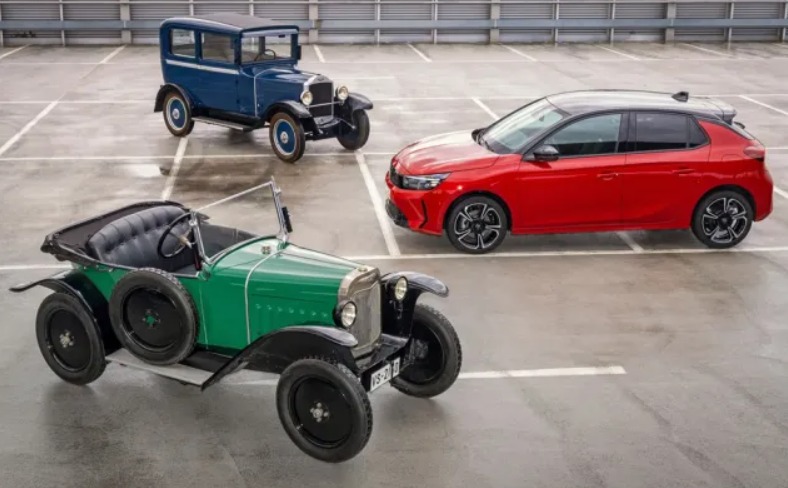
The Opel 4/12 PS, also known as "Laubfrosch" or "Tree Frog," was a small, lightweight car produced in the 1920s, notable for its 4-cylinder engine, affordable price, and distinctive design. Source: stellantis.com
Four years later, in 1928, Mercedes-Benz presented another iconic model: the luxury Mercedes-Benz Typ Nürburg 460. This model was produced from 1928 to 1939, but the 1931 version is particularly interesting for introducing optional overdrive transmission, which revealed its full potential with a larger, 5-liter engine. The optional equipment became highly demanded by customers, creating the need for mass production. This laid the groundwork for future innovations focused on performance and reliability through mechanical systems.
A leap to 1938 brings us to one of the most iconic German cars: the Volkswagen Beetle Type 1. The “bug” was produced from 1938 until the Final Edition in 2019. While it’s hard to speak of advanced electronics in the first editions, the engineers’ intent to incorporate the latest tech achievements in a compact and affordable car was a notable step. In the 1950s, Volkswagen replaced the original cable brakes with hydraulic drum brakes on all four wheels, added synchromesh for the second, third and fourth gears of the transmission, and boosted the power from 30 to 36 horsepower.
Among the cars that defined the 1960s, the “Economic Miracle” Opel Kadett A stands out. This lightweight car was loved for its lively engine, space for four and low running costs. However, it was also peculiar for the embedded electronics used in such an economic vehicle, such as a hydraulic braking system, a 12-V electrical system that allowed better lighting and starting and, of course, a radio.
To highlight the advantages of advanced embedded technologies, let’s contrast the Kadett with the legendary BMW 7 Series (E32), produced from 1986 to 1994. This technological marvel featured advanced embedded electronics, such as an adaptive suspension system called Electronic Damper Control, Automatic Stability Control, dual-zone climate control (one of the first in the market), Xenon lights and a powerful V12 engine, the first in Germany for a passenger vehicle.
In 1991, Mercedes continued advancements in embedded technologies with its S-Class (W140). By introducing a brake-assist system, electronic-stability program, seat-occupancy sensors and side airbags, the model set a new standard for luxury and safety. In 1996, the model was equipped with a Parktronik system and Linguatronic Voice Control, making it closer to modern software-defined vehicles.
21st century
The world entered the new millennium with personal computers, access to the internet and the Porsche 911 GT1 Strassenversion, which boasted a 0-to-60-mph time of just 3.2 seconds. A great starter pack, it determined the century’s course of the whole automotive industry development.
The Audi A8 (D3) exemplifies the new, technology-driven cars that were impossible to think of in the 20th century. A signature feature of modern software-defined vehicles, the Audi A8 (D3) introduced a centralized control system Multi Media Interface for a variety of functions, such as navigation, audio and climate control. Optional upgrades included a Night Vision Assistant, enhancing safety by detecting animals and pedestrians in low visibility, and an advanced Bang & Olufsen sound system—n expensive feature for night riders.
Moving to the 2010s, in 2013, BMW presented the electric i3 model, a new word in embedded connectivity. BMW’s ConnectedDrive system turned the car into a cellular device with an embedded SIM card, providing access to internet services through BMW Apps. The system could automatically send information on the vehicle’s location and number of passengers to emergency services through intelligent emergency calls.
As an electric vehicle, BMW i3 was also a part of the 360 Electric program, which offered a home charging station to car owners, intelligent energy management systems for optimized battery performance and the BMW i Remote app, allowing limited remote control over the vehicle.
A new milestone in embedded technology development was achieved by Mercedes-Benz with the introduction of the luxury EQS sedan. The new model is powered by the latest technological achievements, such as the Drive Pilot, which offers the highest available Level 3 driving automation. Advanced driving systems, relying on a complex array of cameras and artificial-intelligence algorithms, enable the vehicle to perform all driving tasks under specific conditions without the need for constant driver supervision.
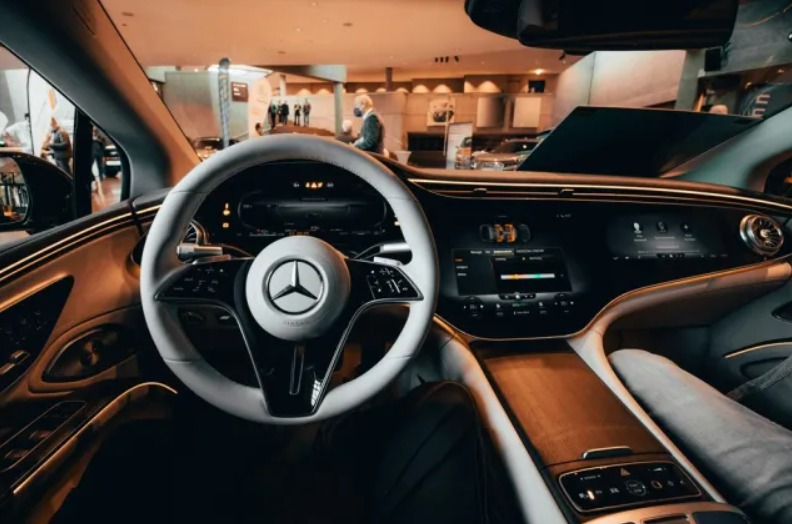
The Mercedes-Benz EQS is a luxury electric sedan that combines advanced technology, long-range capabilities, and a sleek aerodynamic design. Source: Unsplash/Christian Wiediger
The story of embedded technologies in the German automotive industry does not start and end with Mercedes. Each vehicle represents a milestone in the integration of electronics, enhancing performance, safety and user experience. The future looks promising, with software engineers becoming increasingly integrated into embedded development, increasing the vehicle’s safety and connectivity with urban traffic infrastructure. There is already a neural model for cameras that can detect drivers’ mobile phone use and smoking, as well as facial-recognition safety systems.
Although we are still far from the finish line on our way to a more sustainable automotive future, the history of the automotive industry demonstrates that it’s not impossible.
Do you need engineering support for your automotive project?


